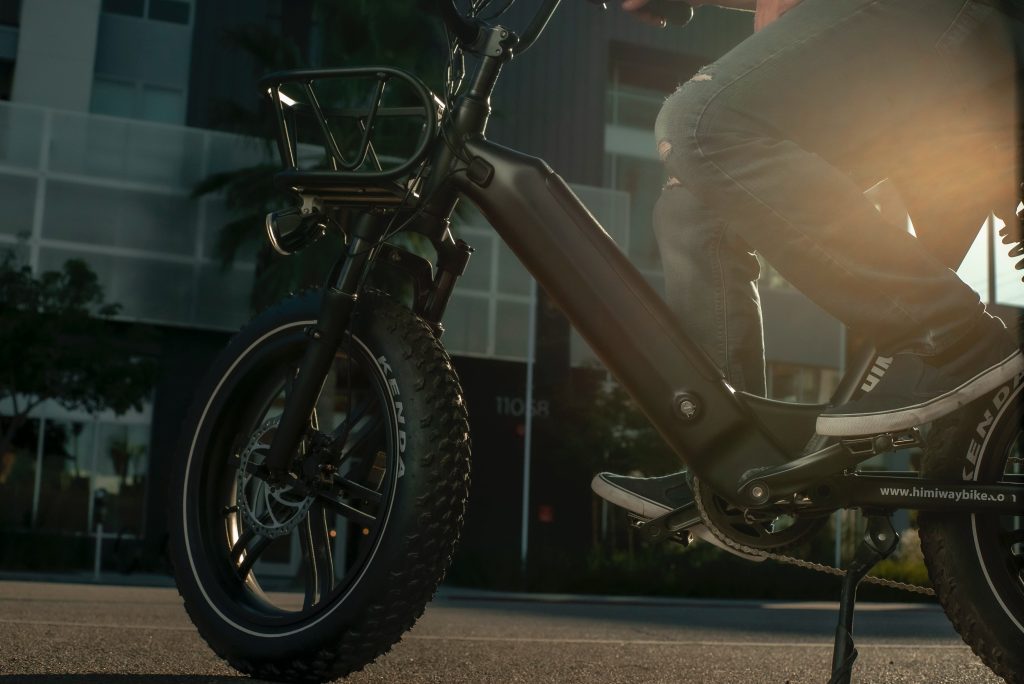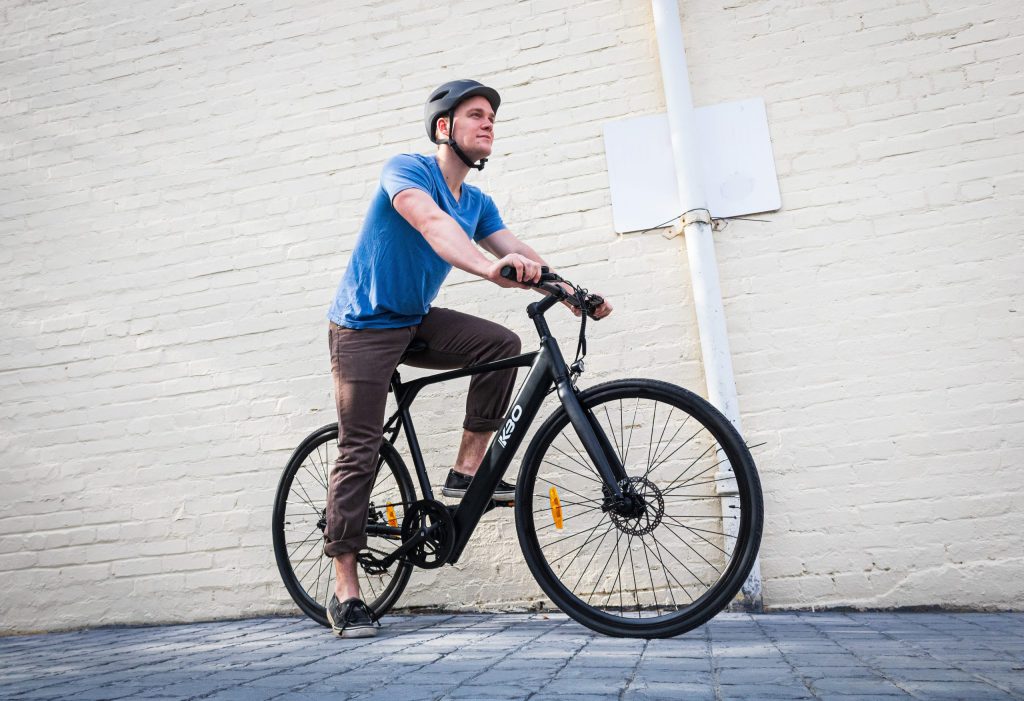Ebike motors guide | Are mid drive or hub drive best?
The world of ebikes can be confusing when you’re new to the different components that make up an ebike.
An ebike’s motor is a pretty important one to understand, so let us take you through some of the fundamentals and options available to you…
Different types of ebike motors
There are three different types of ebike motor, these are:
Mid drive motors
Located in the middle of the ebike’s frame, which is good for weight distribution. Mid drive motors are the newest form of ebike motor and use the magnetic force of two magnet rings which repel each to turn the motor, which turns your wheels and ultimately powers your ebike.
The majority of high quality US and European ebike manufacturers have now made the switch to mid drive motors due to their superior performance especially on hills.
The two other ebike motors, fall under the category of hub drives motors, where they are found either at the front or rear hub (the hub is the central part of your ebike wheel).
The two types of hub drive motors are:
Direct drive hub motors
These are gearless and like mid drive motors, use magnetic forces of two magnet rings which repel one another to turn and power the ebike by turning the wheels.
Geared hub motors
These use a system of gears inside the motor, they transfer the force of the motor turning to the wheels. Geared hub motors are subject to more wear and tear as the gears grind, they are generally noisier due to this too. They can be more efficient at lower speeds and with heavier loads.

Now let’s get into more detail of what each ebike motor type is…
Mid drive motors (sometimes called central drive motors) benefits and negatives
A mid drive motor on your ebike will provide a more balanced ride as it’s in the centre of your ebike rather than at one end over the wheel.
Changing tyres on a mid drive ebike is also easier as there isn’t any wiring attached to the wheel.
Mid drive motors also climb steeper hills more efficiently as they use the drivechain which is geared. It works in line with the ebike’s gears rather than wheels, meaning the motor can rotate faster on hills with a mid drive motor and is therefore more efficient.
They do however cost more as they contain more mechanical components than a hub motor. Mid drives can also increase wear and tear on your chain meaning you may need to replace it more often, but reputable ebike manufacturers should be using a high quality chain on their mid drive motors to combat this.
Hub drive motor (sometimes called wheel motor) benefits and negatives
Hub drive motors don’t use the existing drivechain on your ebike and therefore will not increase the wear and tear. They are often cheaper as they contain less mechanical components than a mid drive motor and are mass produced in bigger quantities than mids.
You won’t climb a hill using a hub drive motor as efficiently as you would using a mid drive, as you’re not using the existing geared chain.
Some riders feel that a hub motor is less balanced as the motor sits at one end rather than centrally.
Hub drive motors can require more wattage and therefore need to be bigger, and need a bigger battery, both meaning more weight added to the bike.
Motors like to spin fast. The problem with a hub drive motor is that it spins very slowly uphill when working inline with the wheel hub. When the motor is spinning so slowly it can overheat or get easily damaged.
A mid drive motor works with the bikes gears centrally for better efficiency, when a rider changes gears for better cadence uphill then the motor can continue to spin at a better RPM too.
In the simplest terms the pedals can go round faster than the wheels when going uphill, so a mid drive motor performs more efficiently than a hub drive than turns at the speed of the wheels (very slowly uphill).
Mid drive motors vs Hub drive motors – who wins?
The battle for the best type of ebike motor has already been won by Mid drive motors, their superior performance, central location on the bike for balance, low centre of gravity and improved technology mean that if you get the choice of ebike motor, you’re going to a select a mid drive.
For example, leading ebike motor manufacturer Bosch, only produce mid drive motors as they believe hub drive motors are inferior.
Ebike motor wattage
The wattage of your ebike’s motor will determine how powerful it is.
Ebikes motor wattage usually comes in 250w, 500w, 750w or 1,000w – but it’s important to note that in the UK only 250w ebikes are road legal as an ebike.
Anything more powerful than that and they come under electric motorbike UK laws and require a licence, registration and at least third party insurance.
If you plan on using your bike for long rides through hills and rough terrain, then you’ll probably need a more powerful motor.
However, if you just want a leisurely ride around town, a lower wattage motor will suffice, hence 250w being road legal, as the UK government feels that a 250w ebike is a suitable amount of power to still be qualified as a bicycle over a motorbike.
If you want more power on the roads than 250w then you’re going to need an electric motorbike!
You can still get yourself an ebike with a motor wattage of 500w, 750w or 1,000w but you can’t use that legally on the UK roads as an ebike.
Ebike motor size and weight
Most ebike motors weight anything between 2 to 6 kilograms, with the average ebike motor weight between 3.5 and 5 kg.
Mid drive ebike motors are usually heavier than hub drive but add more stability due to their central location on the bike, instead of at the front or back over the wheel hub.
Geared hub ebike motors are usually smaller and therefore more subtle and less noticeable.
Direct drive hub ebike motors don’t have internal gearing, but need a larger diameter to achieve a better torque, often making them heavier than a geared hub motor.

Can your ebike motor talk the torque?
Torque on ebikes is measured in Newton Metres (Nm) it shows the rotational power or force of your ebike motor.
Torque allows your ebike to accelerate, more torque = more force and better acceleration. Better torque will also give your ebike better performance riding up steep hills or carrying heavier loads.
The average torque for ebikes is around 40Nm – 65Nm but more powerful ebikes may have between 80Nm – 100Nm. The more torque then the less work your legs have to do to turn the pedals of a pedal-assist ebike.
You should pay attention to the maximum torque in the spec of your ebike. You’ll want need different max torque based on how you want to ride, where you will ride, how large a rider you are. Torque plays an essential role in getting your bike moving, so bigger loads will require more torque to get going efficiently as well as steeper climbs.
There you have it, you now know your stuff about ebike motors. Now it’s time to read our best ebike motor manufacturers article here.
